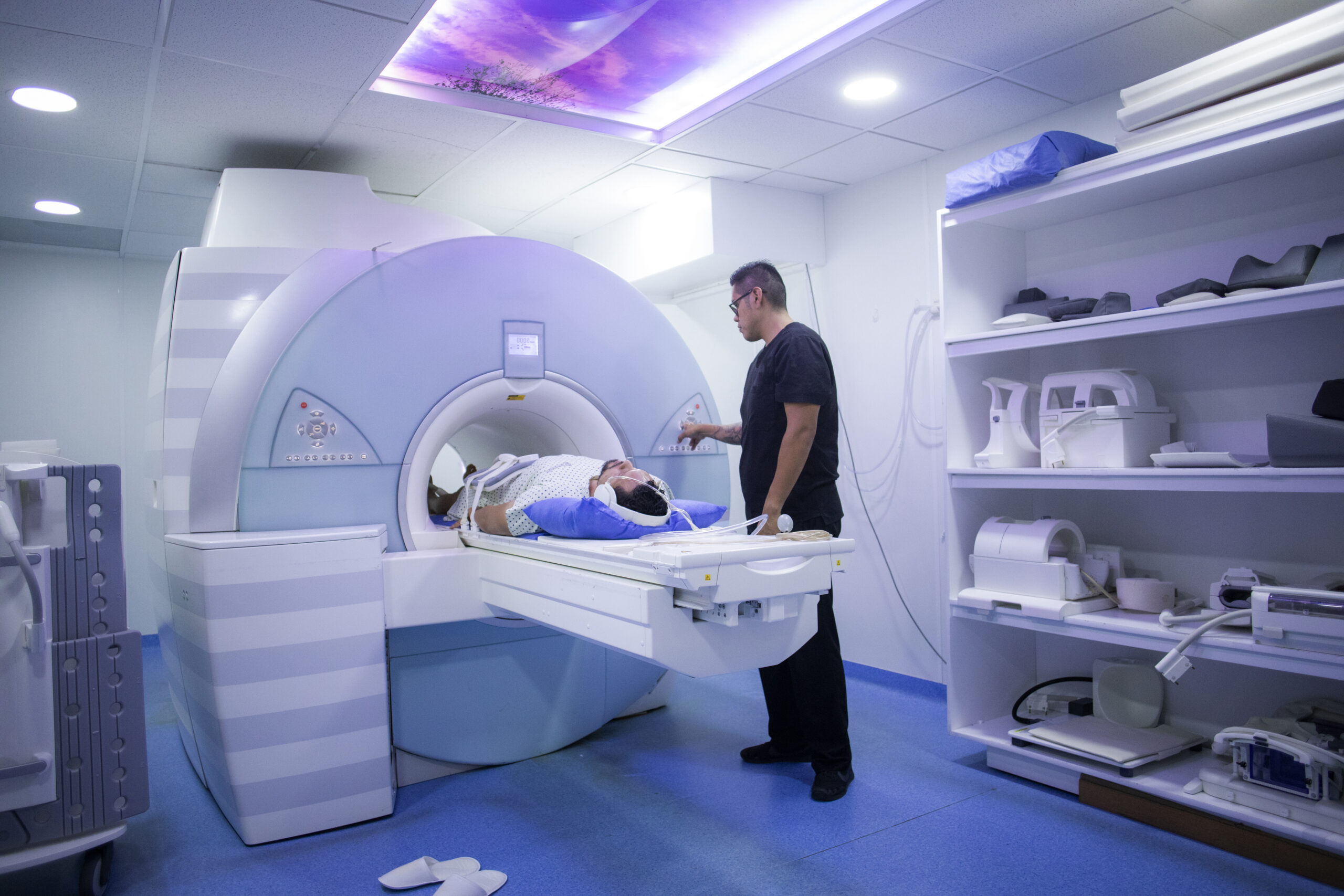The economics of providing affordable medical imaging and diagnostics through health plans

Most cost-effectiveness assessments for screening and diagnostic exams are based on imaging costs in university health systems, not affordable exam pricing that can be made available quite widely now in employer-funded health plans.
The widespread availability of more affordable quality screening and diagnostic exams nationally — coupled with lifestyle and health changes brought on by the pandemic, and COVID-19's disruption of cancer screenings and diagnostic imaging — have likely changed that equation. Rigorous studies clearly need to be undertaken to reassess cost-effectiveness.
But "cost-effectiveness" also has a different equation in the employer-health plan space since time lost from work and work efficiency are also impacted by employee health status. Even a four-week delay in cancer treatment is associated with a 6% to 13% higher risk of death, according to a 2020 study published in the British Journal of Medicine. This upstaging also leads to more invasive and expensive therapy and time lost from the workplace.
Colorectal cancer is the second-leading cause of death in the U.S. According to a review article published in January 2022 by Texas Tech University, by April 2021 the routine screening colonoscopy rate was 50% lower than pre-pandemic with a resulting 53% decline in colorectal cancer-related surgeries. The total deficit for colorectal cancer screening is estimated to be 3.8 million cases in the U.S.
With three-to-four-month backlogs at endoscopy centers, alternative screening methods like fecal immunochemical testing and DNA stool technology should be considered for normal risk individuals, even though this would not preclude colonoscopy if the results were positive. The economics of covering the DNA exam for these individuals to catch disease in an early stage, even if the interval for repeat screening is shorter than colonoscopy, need to be reassessed.
Screening mammography is covered by most employer health plans, but the woman with a new lump in her breast is typically subject to deductible and coinsurance for diagnostic mammography and ultrasound. Mergers and acquisitions in the radiology and outpatient imaging spaces are dramatically driving up the cost of these exams. This means it is not unusual for the out-of-pocket expense for these studies to be greater than $1,000 at contracted rates in employer self-funded health plans, a price tag well over the $400 half of Americans do not have to spend on a health care emergency. These numbers strongly suggest employers should consider covering all breast imaging for free in their plan design.
Nonalcoholic fatty liver disease is a silent epidemic in the U.S. found in 20% of adults and 10% of children. It is an established risk factor for leading causes of death and disability: cancer, cardiovascular disease and type 2 diabetes. Screening for liver fat can be performed in an affordable setting with a portable machine (in the workplace or a near-site clinic) with an abdominal ultrasound. Moreover, lifestyle changes can reverse the disease and prevent long-term disease and cost.
That same ultrasound exam can detect tumors in abdominal organs, fat deposition in the kidneys as a precursor to diabetic renal disease, and atherosclerotic aortic disease or aneurysm. And the most sensitive exam to quantify cardiovascular risk is not a stress test. It is a calcium score computed tomography (CT). The same portable ultrasound machine can be used to measure the thickness of a layer of a blood vessel in the neck to screen for those who should have the CT exam to quantify risk. Both the carotid and calcium score CT scans can be quite affordable for self-funded health plans to offer if members are appropriately steered to affordable providers.
When self-funded employers do their fiduciary duty and contract for services through affordable independent providers rather than subjecting the plan and members to skyrocketing contracted rates in hospital systems and private equity-backed consolidators, the economics of healthcare change. Dollars that would have been overspent instead can be redirected to detect early indicators or disease and early cancers, and diverted to increase wages or improve other benefits.









